Amidst coronavirus, I’m sticking to what I – and a lot of other people – love most: cooking and baking. One challenge I’ve presented to myself is to make a dish (or dishes) of international cuisines every week, learn some words from the language, and e-visit some of the country’s landmarks. Some of these dishes will be more complex than others, based on what ingredients I have available in the house.

After hitting some countries well known for their cuisine – Italy, France, Japan – I decided it was time to discover the perhaps lesser-known cuisine of another country: Trinidad and Tobago.
For those of you who may not know, Trinidad and Tobago are the southernmost islands of the Caribbean.
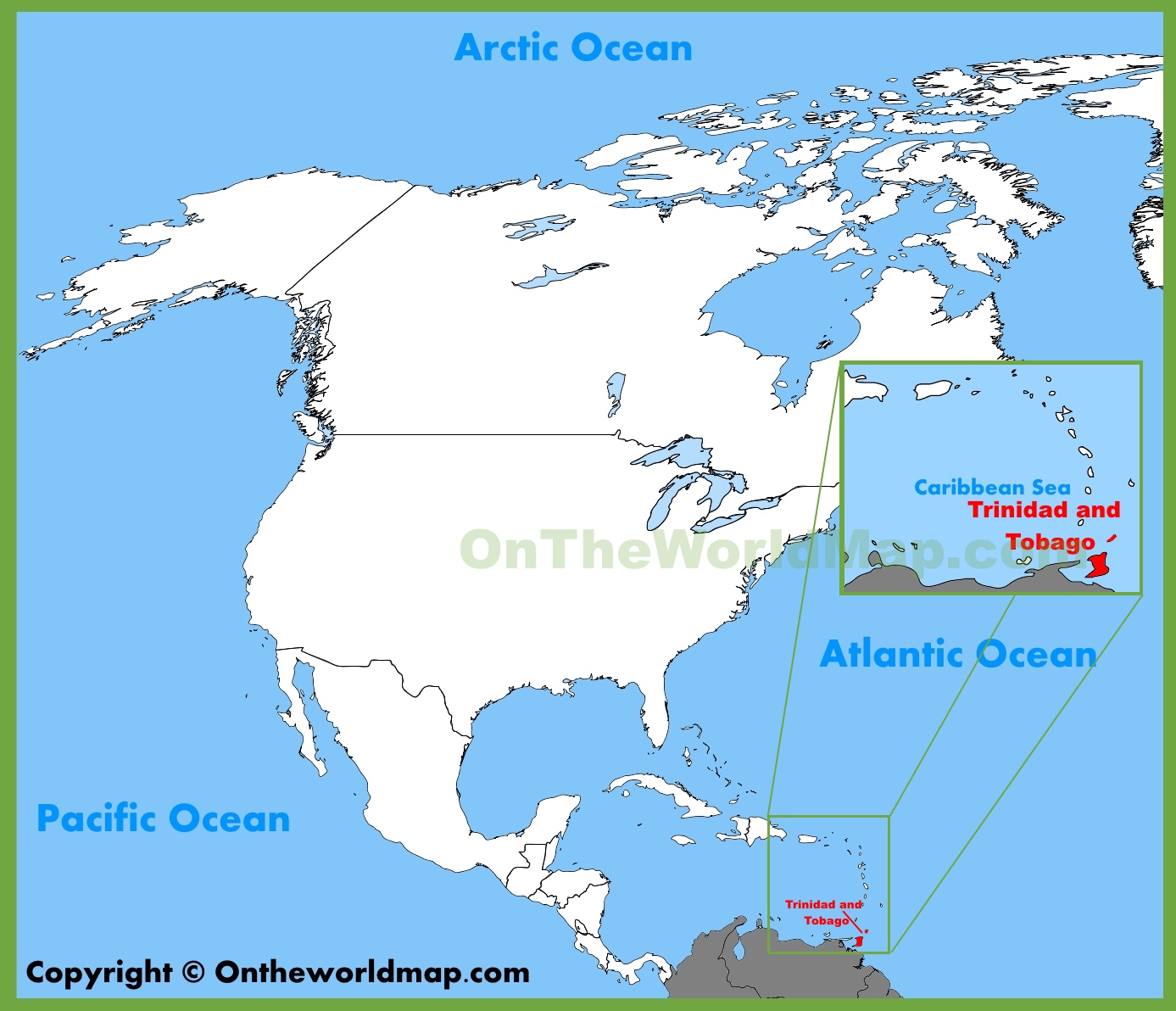
Like many countries in the Caribbean, it was claimed for the Spanish Crown by Christopher Columbus in 1498. According to thecommonwealth.org, Trinidad was raided by the English, Dutch, and French throughout the 17th century. As a result from all the colonizers, laborers, and slaves that came to Trinidad and Tobago, the cuisine has several influences, according to Life in Trinidad & Tobago.
For example, African slaves brought the “one-pot” cooking technique, influencing dishes like pea stews. Indians brought over curry spice (which we’ll see used in the recipe below), as well as roti, aloo pies, and pholourie. The Cantonese cuisine also found its way into Trinidad, through the mixing of spices, ginger, garlic, and spring onions. Furthermore, the Cantonese techniques of smoking, pickling, and drying were introduced.
THE DISH: TRINIDADIAN DOUBLES (GF + V)
The recipe for this dish came to be over a month ago and I’ve finally worked my way to it this week. In Trinidad, doubles are an iconic street food, thought to be invented in 1936.
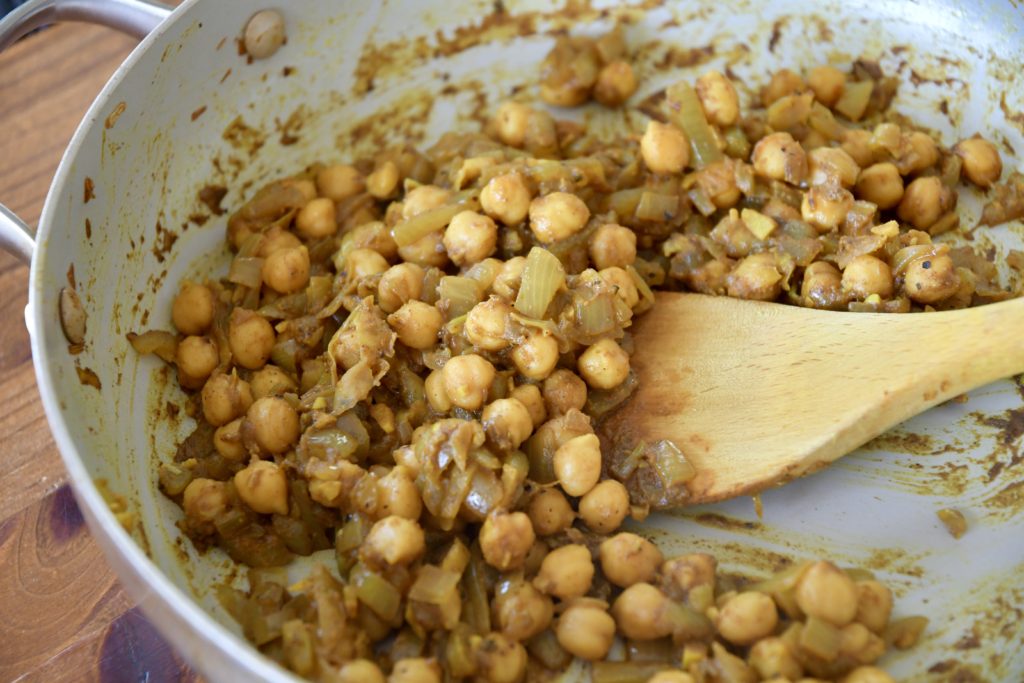
What are doubles?, you may ask. Doubles are small sandwiches made of flatbreads, called bars, that are filled with a curried chickpea filling (channa). I was surprised to learn that many of Trinidad’s popular dishes are of Indian origin because nearly half of Trinidad’s population is Indian.
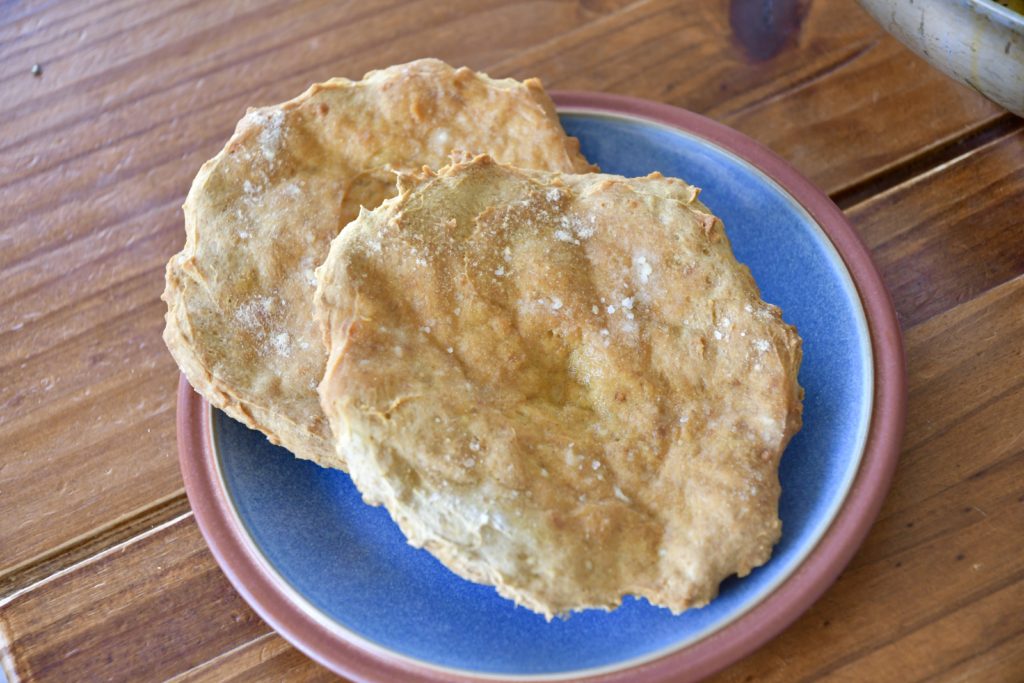
Doubles are most commonly eaten at breakfast by vendors in carts or stalls, making this a possible breakfast/brunch dish too.
Instead of making the bara recipe with gluten and frying it, I used a gluten-free flatbread mix from a company that is now out of business, and added 2 tsp cumin and 2 tsp turmeric. I’ve made this in the past and I think it would work well in this recipe too.
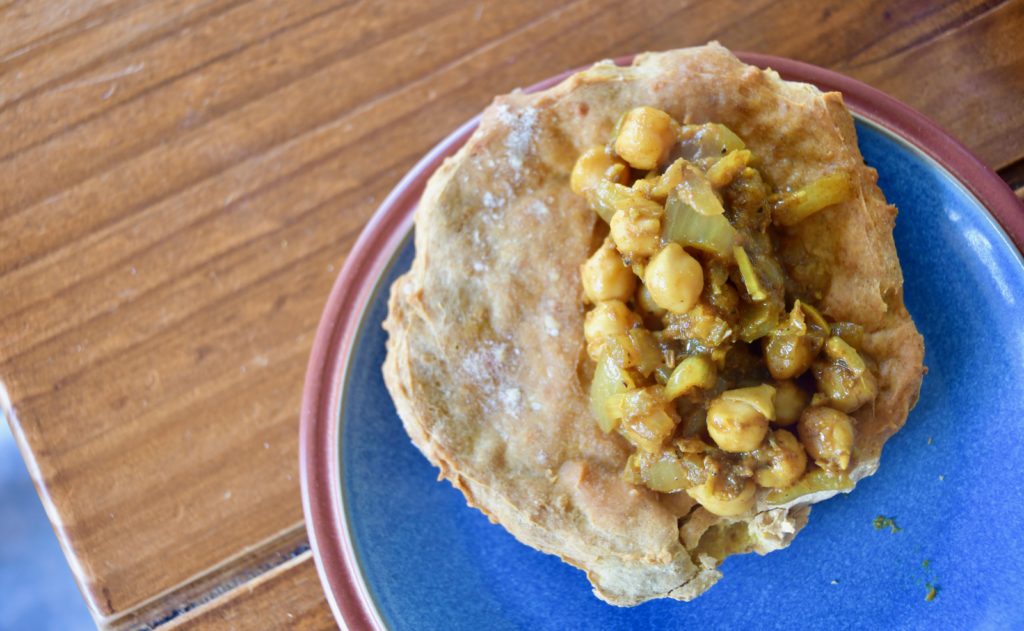
Recipe: Food 52’s Trinidadian Doubles
- Note: Instead of the Trinidadian pepper sauce made of Scotch bonnets peppers, I replaced it with a regular pepper sauce.
There are a couple more Trinidadian recipes that I would like to try in the future. For now, I had to stick to the ingredients I had on hand.
Pholourie (GF + V)
Pholourie are another typical Trinidadian street food, made with split pea flour.
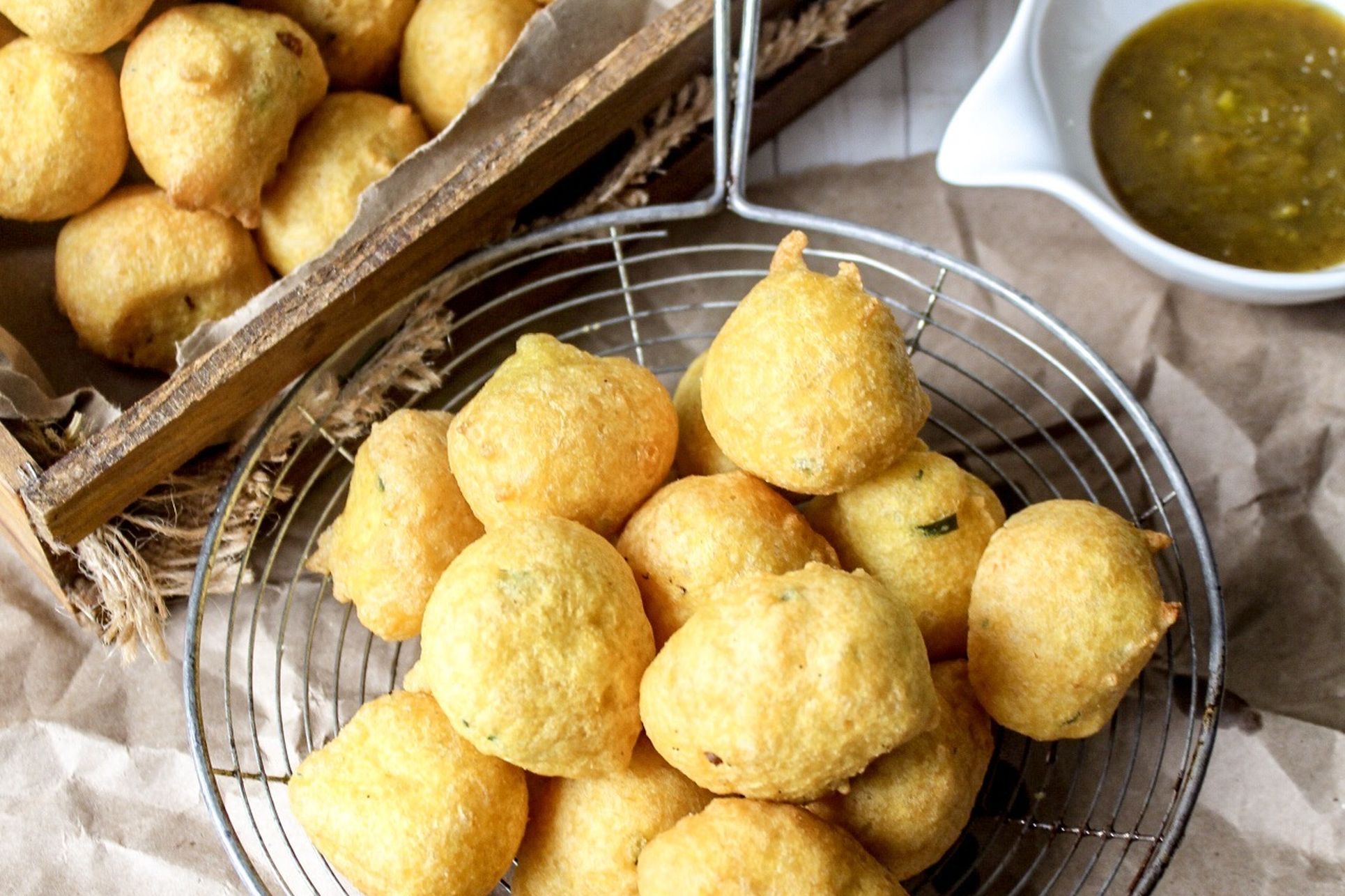
Coconut Bake (GF + DF)
Think of coconut bake as focaccia’s Caribbean cousin; you can slice it in half and treat it as a panino/sandwich.

USEFUL WORDS
As for language, the official language of Trinidad is English, but Trinidadian Creole English is commonly spoken as well.
LANDMARKS
Trinidad and Tobago is a beautiful country with gorgeous nature. Let’s check it out!
Maracas Beach

Paria Falls

Corbin Local Wildlife
I hope you’ve enjoyed this virtual exploration of Trinidad and Tobago.
Happy eating, and see you next week!